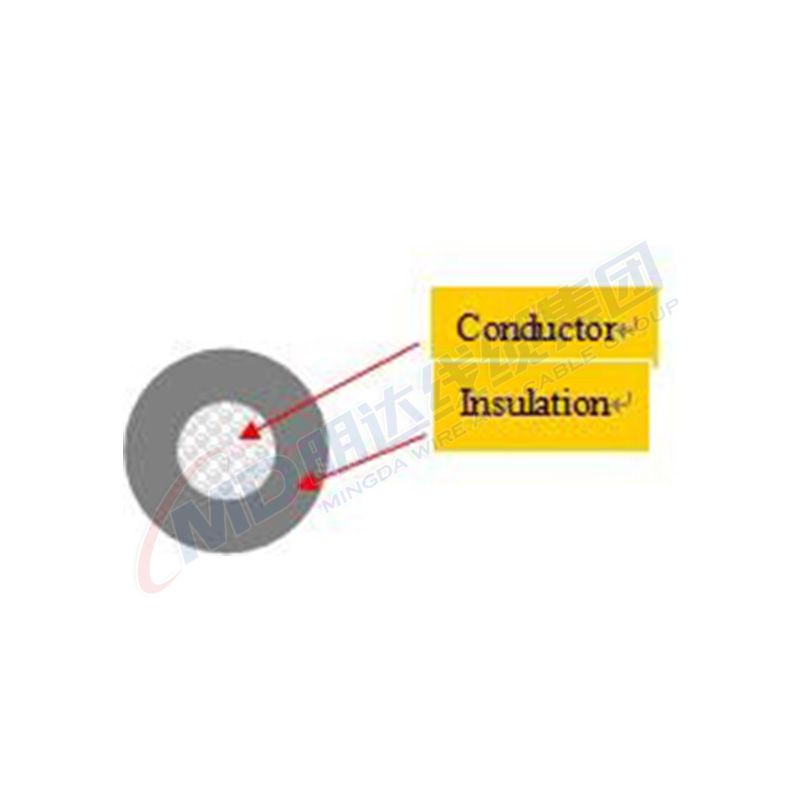Set . 26, 2024 07:30 Back to list
flanged butterfly valve
Understanding Flanged Butterfly Valves A Comprehensive Guide
Flanged butterfly valves are a crucial component in various industrial applications, particularly in fluid control systems. Known for their simple design and efficient functionality, these valves have become a popular choice for regulating flow in pipelines across diverse sectors, including water treatment, chemical processing, and HVAC systems.
What is a Flanged Butterfly Valve?
A flanged butterfly valve consists of a circular disc that rotates within a pipe to regulate flow. The valve's name is derived from its butterfly-like disc, which opens or closes the flow when turned. The flanged aspect refers to the valve's connection points, which have projecting rims or flanges that allow for easy attachment to the pipeline.
Key Components
1. Body The body of the butterfly valve is typically made from materials such as cast iron, stainless steel, or plastic, providing durability and resistance to corrosion. 2. Disc The disc, or blade, is the critical element that opens or closes the flow. Its design and material affect the valve's performance and suitability for different applications.
3. Stem The stem connects the disc to the actuator. It transmits the rotational motion from the actuator to the disc.
4. Actuator Depending on the application, butterfly valves can be manually operated or equipped with electric or pneumatic actuators for automated control. The actuator mechanism is responsible for positioning the disc and controlling the flow rate.
5. Sealing Butterfly valves utilize a sealing mechanism, often in the form of an elastomeric seat, which ensures a tight shut-off when the valve is closed.
Working Principle
The operation of a flanged butterfly valve is straightforward. When the handle or actuator is turned, the disc rotates around its axis. In the fully open position, the disc is parallel to the flow, allowing for maximum fluid passage. Conversely, when turned to a closed position, the disc is perpendicular to the flow, effectively blocking it.
This design allows for quick and efficient operation, making butterfly valves suitable for on/off and throttling applications. It's essential to choose the appropriate type based on the specific fluid characteristics, pressure conditions, and temperature ranges to ensure optimal performance.
flanged butterfly valve

Advantages of Flanged Butterfly Valves
1. Space Efficiency Flanged butterfly valves are compact compared to other types of valves, such as gate or globe valves. Their slim profile allows for installation in tight spaces.
2. Lightweight Construction Many butterfly valves are lightweight, reducing the overall load on the piping system and making installation easier.
3. Cost-Effectiveness Due to their simple design and efficient manufacturing processes, flanged butterfly valves are often more economical than other valve types.
4. Versatile Applications They can handle various fluids, including liquids, gases, and slurries, making them suitable for multiple industrial applications.
5. Low Pressure Drop The streamlined design of the butterfly disc results in a lower pressure drop across the valve compared to other configurations, enhancing system efficiency.
Drawbacks
While flanged butterfly valves offer numerous advantages, they also come with some limitations. They are not suitable for applications requiring a full shut-off in high-pressure systems, as they may not provide a tight seal compared to other valve types. Additionally, their performance can be affected by factors such as fluid velocity and temperature, necessitating careful selection based on system requirements.
Maintenance and Lifespan
Regular maintenance is essential for ensuring the longevity of flanged butterfly valves. This includes routine inspections, cleaning, and replacement of worn seals or components. With proper care, butterfly valves can have a long operational life, making them a reliable choice for managing fluid dynamics in industrial settings.
Conclusion
Flanged butterfly valves are versatile, efficient, and cost-effective solutions for regulating the flow of fluids in various applications. Their simple yet effective design contributes to their popularity across multiple industries. By understanding their components, working principle, advantages, and limitations, engineers and operators can make well-informed decisions to enhance their fluid control systems. As industries continue to evolve, flanged butterfly valves will remain a fundamental element in the quest for efficiency and reliability in fluid management.
Share
-
Reliable Wafer Type Butterfly Valves for Every IndustryNewsJul.25,2025
-
Reliable Flow Control Begins with the Right Ball Check ValveNewsJul.25,2025
-
Precision Flow Control Starts with Quality ValvesNewsJul.25,2025
-
Industrial Flow Control ReliabilityNewsJul.25,2025
-
Engineered for Efficiency Gate Valves That Power Industrial PerformanceNewsJul.25,2025
-
Empowering Infrastructure Through Quality ManufacturingNewsJul.25,2025